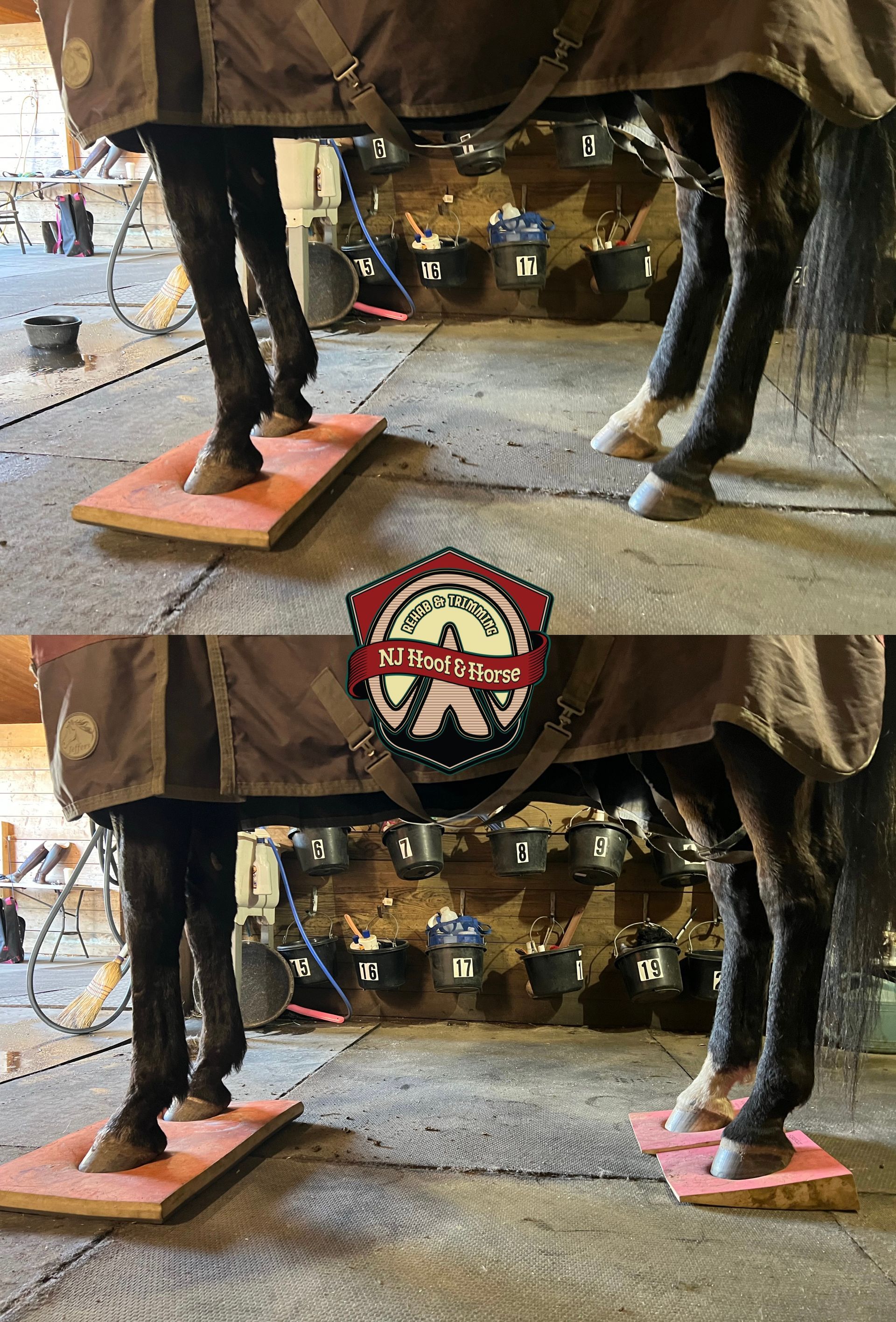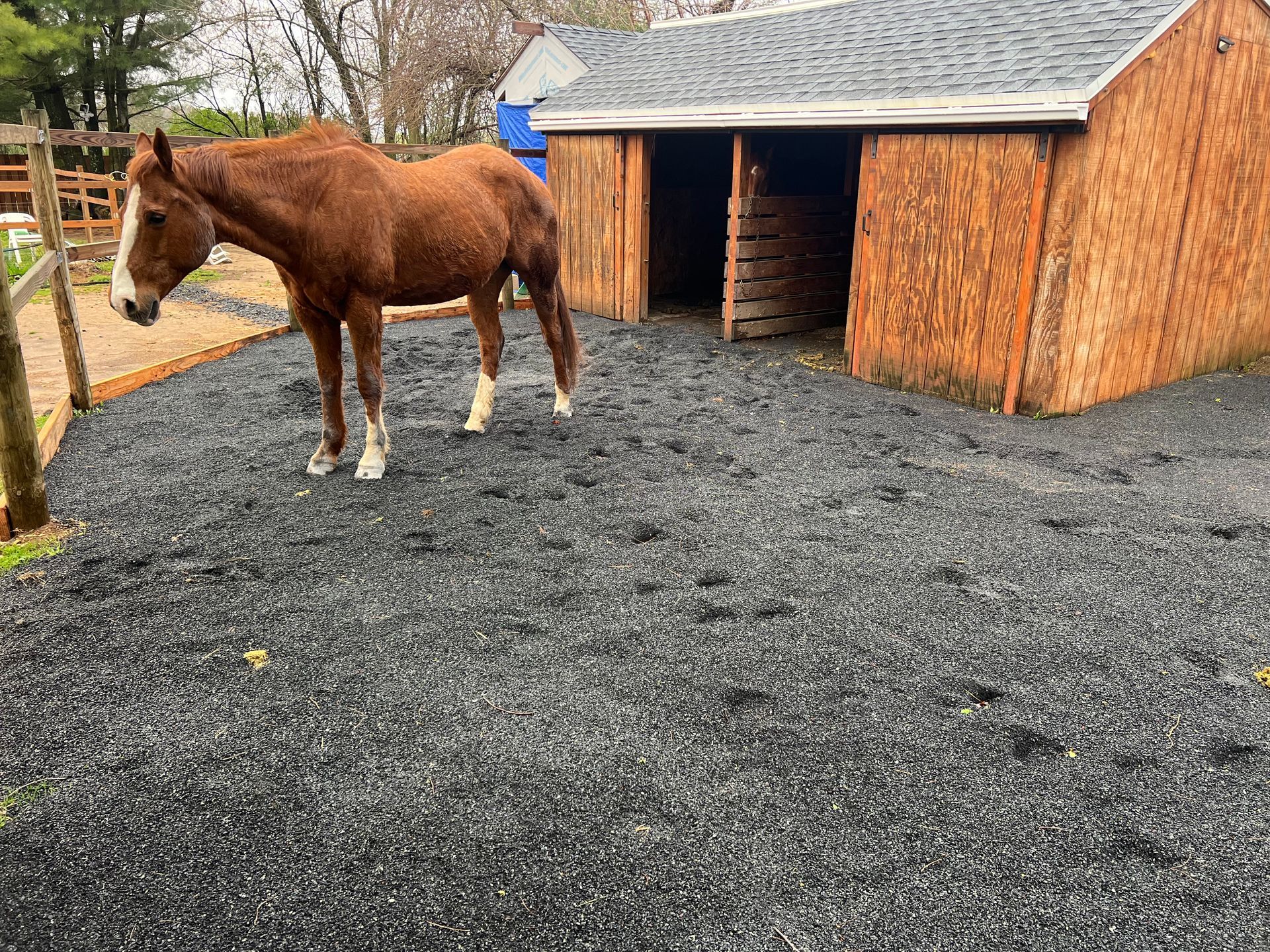Notice the problem before the train wreck
One Minute Discussions #50
Discussing Natural Hoof & Horse Care
NOTICE THE PROBLEM BEFORE THE TRAIN WRECK
This is a serious warning for every single horse owner out there. All horses on earth are at risk of developing laminitis. That’s why we MUST notice early signs of a problem before the horse falls into an acute state of inflammation. We must notice sub-acute laminitis signs (meaning there’s laminitis signs but no pain) before the horse shifts into an acute laminitis state (where there’s signs and inflammation present). This means monitoring the condition of their feet. Many times feet will tell you a whole story, our job is to listen (or watch)!
Take this horse below as an example, a 22 year old QH. He started developing signs of metabolic problems, and the feet were the first thing that gave it away. He developed “retracted” (extremely thin) soles and started loosing weight. He was tested for Cushings and came back positive. Immediately, he was given medication and was managed accordingly. A train wreck was prevented.
What signs should we watch out for in your opinion? What are the signs of sub-acute laminitis?
Denys A.
www.njhoof.com

